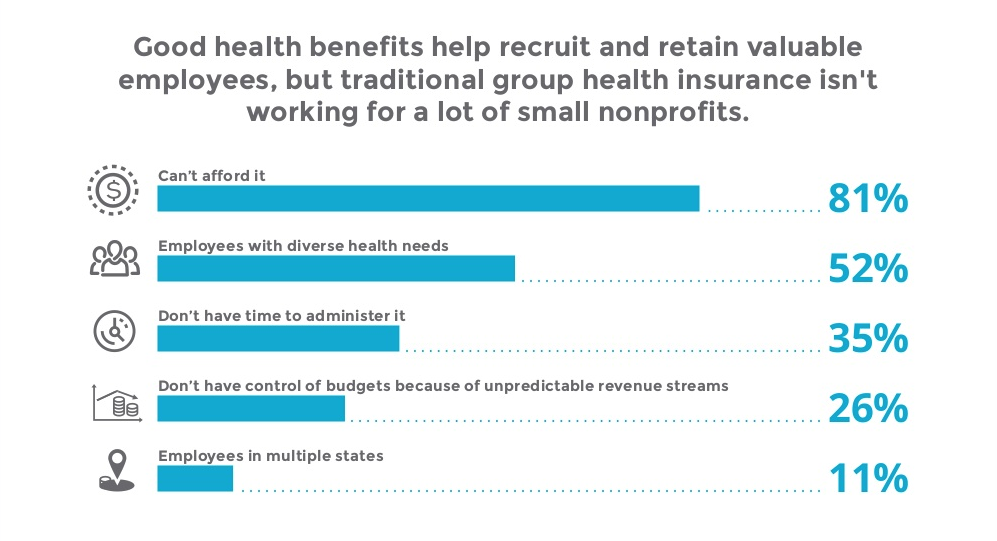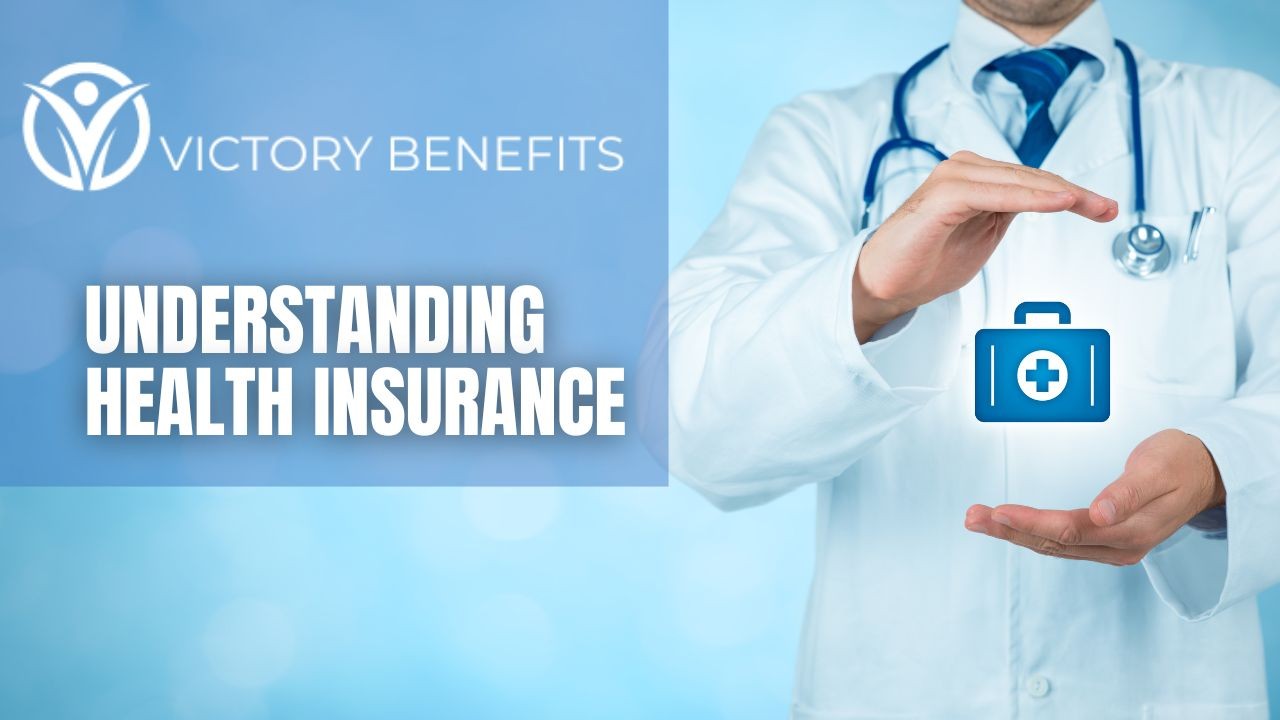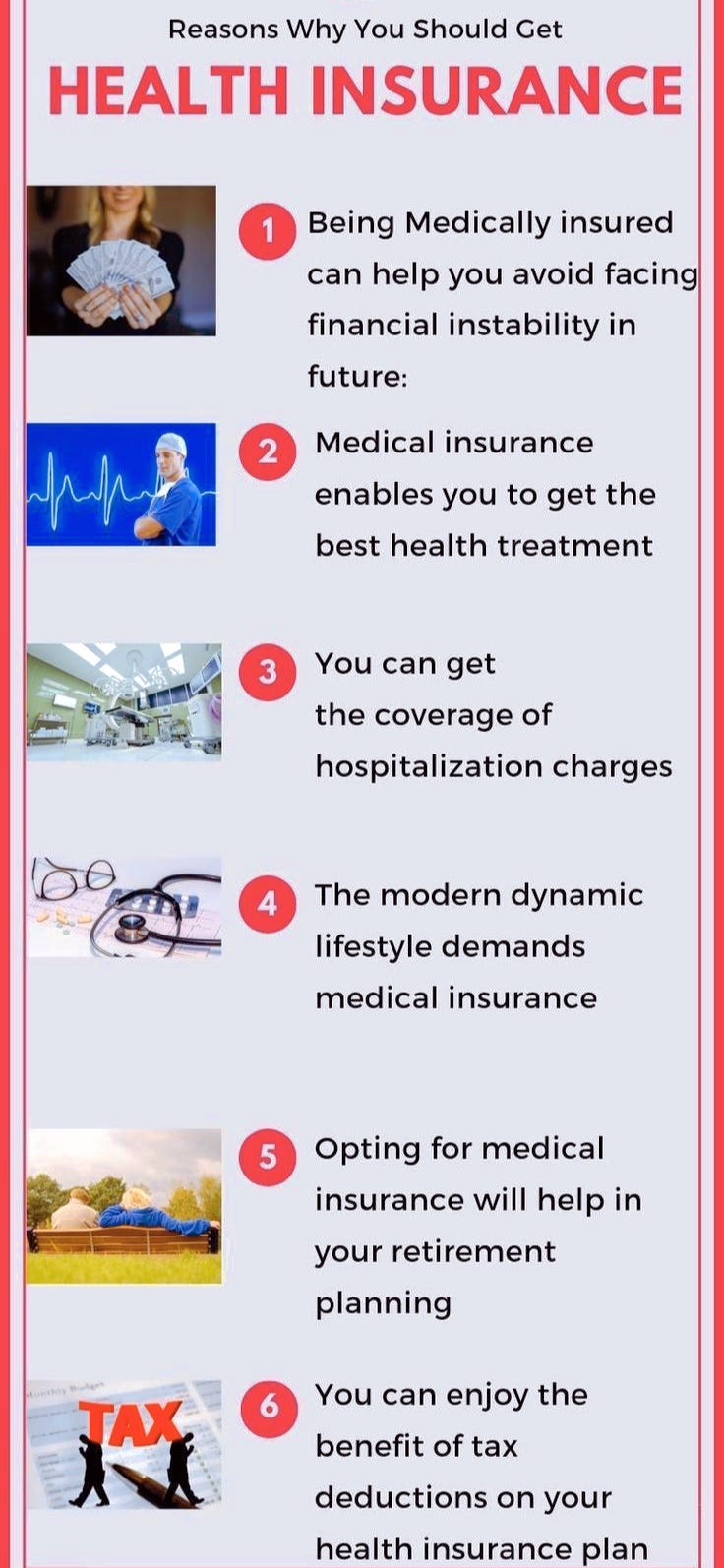See This Report on Medicare Advantage Agent
See This Report on Medicare Advantage Agent
Blog Article
The smart Trick of Medicare Advantage Agent That Nobody is Talking About
Table of ContentsRumored Buzz on Medicare Advantage AgentMedicare Advantage Agent Can Be Fun For EveryoneThe Buzz on Medicare Advantage Agent

adheres to from puzzling the reasonably young age profile of the uninsured with the better health and wellness, usually, of younger persons. This covers the link in between health and wellness status and medical insurance. For those without accessibility to workplace medical insurance, inadequate wellness is a prospective obstacle to acquiring nongroup insurance coverage due to the fact that such insurance coverage might be highly valued, leave out pre-existing problems, or be merely not available. The variety of uninsured Americans is not especially large and has actually not altered in recent times. 7 out of ten respondents in a country wide depictive survey believed that less Americans did not have medical insurance than actually do(Fronstin, 1998). Roughly half(47 percent )believed that the number of people without medical insurance reduced or continued to be consistent over the last fifty percent of the last decade(Blendon et al., 1999). This decline of nearly 2 million in the variety of people 'without insurance (a reduction
of about 4 percent)is definitely a positive modification. With a softer economic climate in 2000 the current reported gains in insurance policy coverage might not continue(Fronstin, 2001 ). The decrease in the number of uninsured will not continue if the economic climate remains slow-moving and health care costs continue to surpass inflation. This is because the data were gathered for a period of solid financial efficiency. Of the approximated 42 million people who were without insurance, almost regarding 420,000(concerning 1 percent)were under 65 years of age, the age at which most Americans become eligible for Medicare; 32 million were grownups in between ages 18 and 65, about 19 percent of all grownups in this age; and 10 million were children under 18 years of age, concerning 13.9 percent of all children (Mills, 2000). These quotes of the number of individuals without insurance are generated from the yearly March Supplement to the Current Populace Study (CPS), carried out by the Demographics Bureau. Unless or else noted, national estimates of people without medical insurance and percentages of the population with various kinds of insurance coverage are based on the CPS, one of the most commonly used resource of estimates of insurance policy coverage and uninsurance prices. These studies and the quotes they produce are defined briefly in Table B. 1 in Appendix B - Medicare Advantage Agent. These surveys vary in size and sampling techniques, the inquiries that are asked regarding insurance
The Best Strategy To Use For Medicare Advantage Agent
insurance coverage, and the moment period over which insurance protection or uninsurance is gauged(Lewis et al., 1998, Fronstin, 2000a ). Still, the CPS is especially beneficial due to the fact that it produces annual quotes fairly quickly, reporting the previous year's insurance coverage approximates each September, and due to the fact that it is the basis for a regular collection of quotes for more than two decades, permitting evaluation of trends in protection gradually.

The 9-Second Trick For Medicare Advantage Agent
Over a three-year period beginning early in 1993, 72 million individuals, 29 percent of the united state populace, lacked insurance coverage for at the very least one month. Within a solitary year(1994), 53 million individuals experienced at the very least a month without protection(Bennefield, 1998a). Six out of every 10 uninsured adults are themselves used. Functioning does enhance the likelihood that one and one's household members will have insurance coverage, it is not an assurance. Even participants of households with two full time wage income earners have practically a one-in-ten opportunity of being without insurance (9.1 percent uninsured price)(Hoffman and Pohl, 2000 ). The relationship between medical insurance and accessibility to care is well established, as documented later on in this phase. Although the partnership in between medical insurance and wellness outcomes is neither direct neither straightforward, a considerable scientific and wellness solutions research literary works links health and wellness insurance policy coverage
to better accessibility to care, much better quality, and improved individual and populace health condition. For instance, the 2nd report, on personal health results for uninsured adults, is represented by the innermost circle of the figure, while the third record, on household health, incorporates the topics of the second record but emphasizes a different unit of evaluation, specifically, the household. The sixth report in the collection will present details regarding approaches and initiatives carried out in your area, statewide, or across the country to attend to the lack of insurance and its negative impacts. Levels of analysis for examining the impacts of uninsurance. This conversation of medical insurance protection concentrates mainly on the united state population under age 65 due to the fact that basically all Americans 65 and older have Medicare or various other public protection.
It concentrates particularly on those without any kind of health insurance policy for any kind of length of time. The problems encountered by the underinsured remain in some aspects comparable to those faced by the without insurance, although they are typically less severe. Uninsurance and underinsurance, nonetheless, involve noticeably various plan issues, and the methods for resolving them may vary. Throughout this research and the five records to comply with, the main emphasis gets on persons without medical insurance and hence no help in paying for health and wellness care past what is readily available via charity and safeguard establishments. Medical insurance is a powerful useful content factor affecting invoice of treatment due to the fact that both people and physicians react to the out-of-pocket cost of solutions. Medical insurance, nevertheless, is neither required nor sufficient to get access to medical solutions. The independent and straight effect of health and wellness
insurance insurance policy on access to health wellness is well established. Others will certainly acquire the wellness treatment they require even without health insurance coverage, by spending for it out of pocket or seeking it from providers who use treatment cost-free or at very subsidized prices. For still others, medical insurance alone does not guarantee receipt of care as a result of various other nonfinancial barriers, such as an absence of wellness care companies in their community, minimal accessibility to transportation, illiteracy, or linguistic advice and cultural differences. Formal research study regarding without insurance populaces in the United States dates to the late 1920s and very early 1930s when the Committee on the Price of Healthcare produced a collection of records regarding financing physician office check outs and hospital stays. This problem ended up being prominent as the numbers of medically indigent climbed up during the Great Depression. Empirical studies consistently sustain the link in between accessibility to care and enhanced health and wellness results(Bindman et al., 1995; Starfield, 1995 ). Having a regular source of treatment can be considered a forecaster of accessibility, as opposed to a direct procedure of it, when wellness outcomes are themselves utilized as access signs. This expansion of the concept of gain access to measurement was made by the IOM Board on Checking Accessibility to Personal Wellness Care Services(Millman, 1993, p. Whether or not parents are insured shows up to affect whether or not their kids obtain treatment in addition to exactly how much careeven if the kids themselves have insurance coverage(Hanson, 1998). The health of parents can affect their capacity to care for their youngsters and the level of family stress and anxiety. Fretting about their children's access to care is itself a resource of stress and anxiety for parents. Three chapters follow in this record. Phase 2 provides a summary of exactly how employment-based medical insurance, public programs and specific insurance plan operate and engage to offer extensive however insufficient coverage of the U.S. population. This consists of a testimonial of historical patterns and public laws influencing both public and private insurance, a discussion of the communications amongst the various kinds of insurance coverage, and an assessment of why people move from one program to an additional or finish up

Report this page